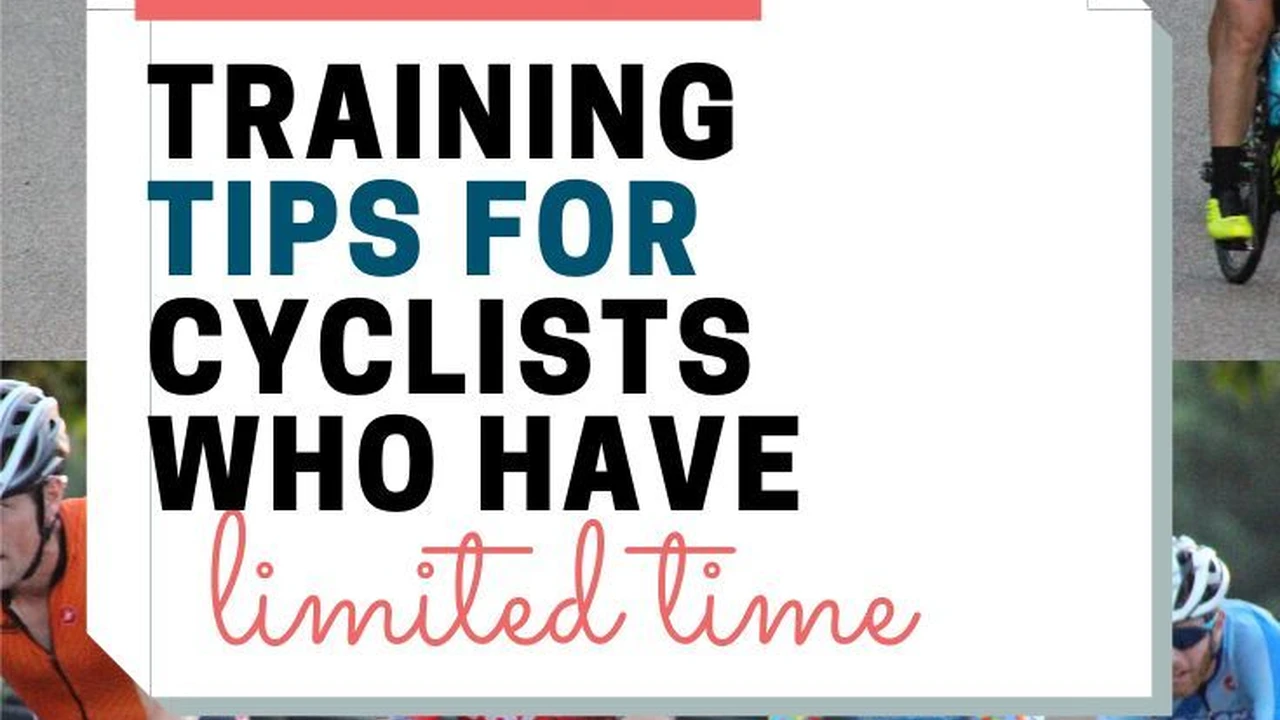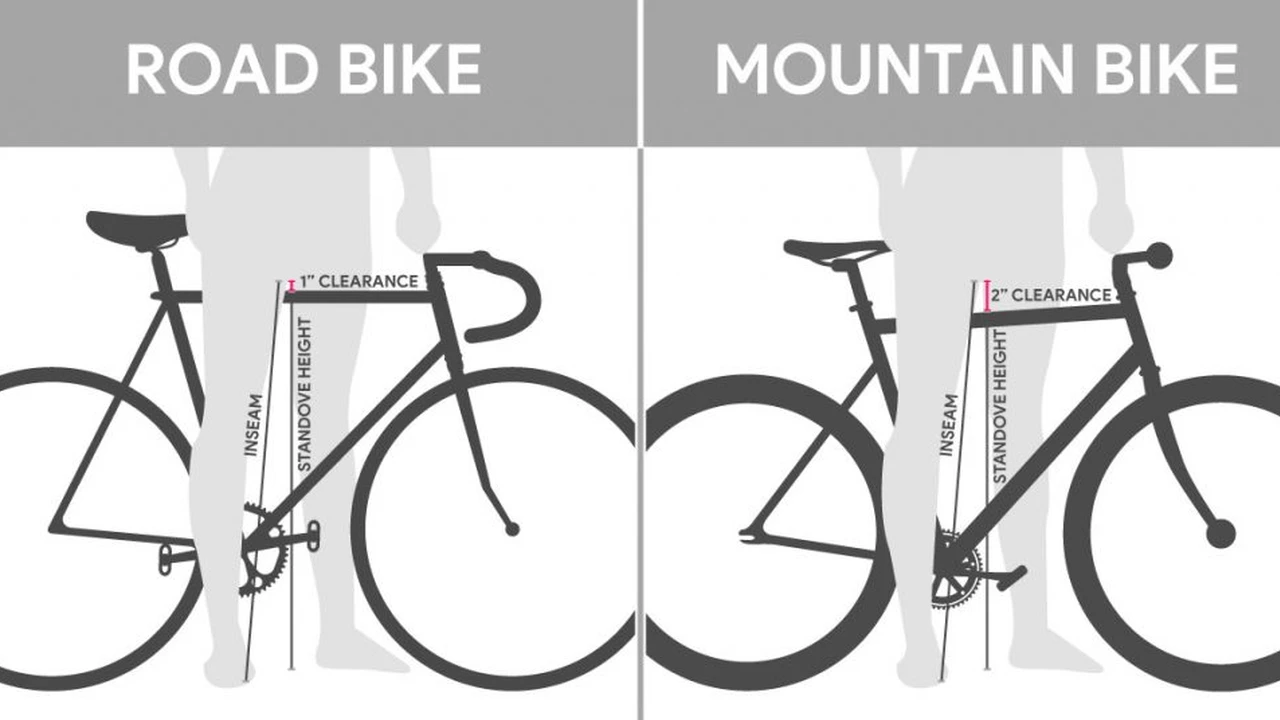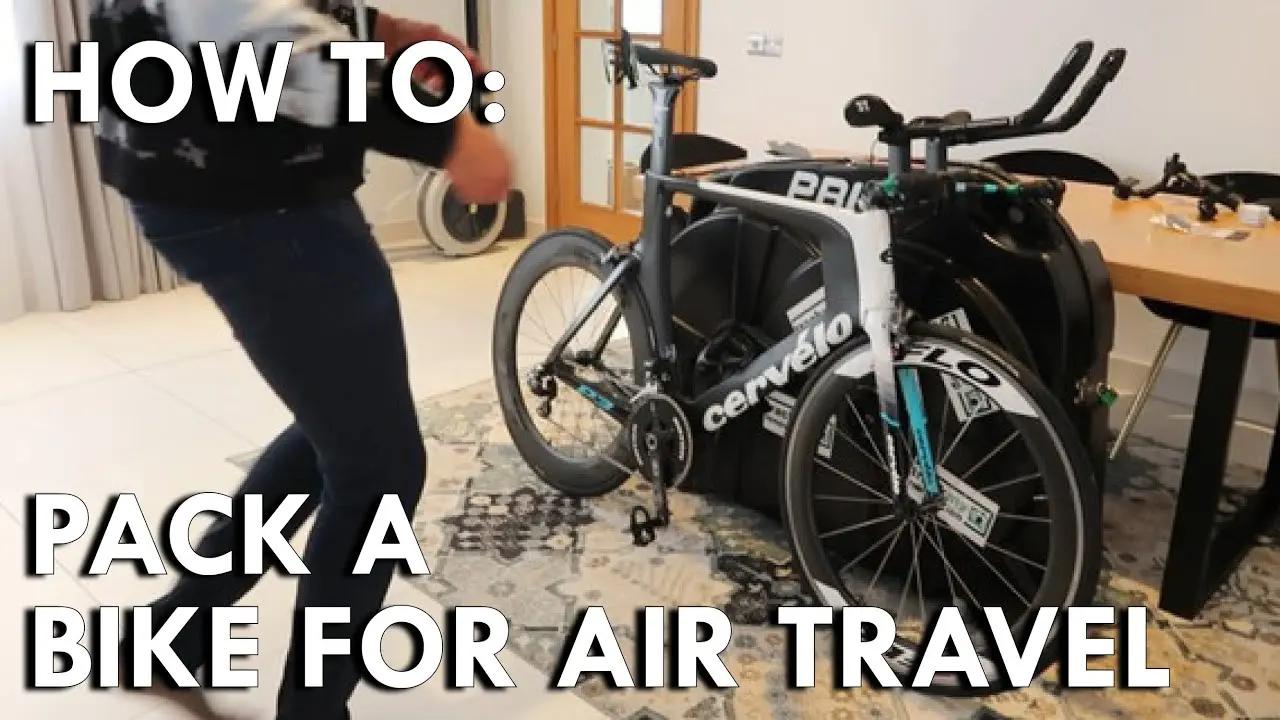7 Best Strength Training Exercises for Road Cyclists
Road cycling demands a unique blend of endurance, power, and agility. To excel, cyclists need more than just time in the saddle; a well-rounded strength training program is crucial. This article delves into the seven best strength training exercises for road cyclists, offering guidance on proper form and progression. We'll also explore specific product recommendations to enhance your training and performance.

Road cycling is more than just pedaling. It's about power, endurance, and efficiency. To truly excel, you need a solid foundation of strength. Forget the myth that cyclists should only focus on cardio. Strength training can significantly improve your performance, reduce injury risk, and make you a stronger, more resilient rider. Let's dive into the seven best exercises, along with some product recommendations to help you along the way.
Squats for Cycling Power and Leg Strength
Squats are the king of leg exercises, and they're essential for cyclists. They build overall leg strength, targeting the quads, hamstrings, and glutes – all crucial muscles for powerful pedaling. Proper form is key to avoid injury. Start with bodyweight squats and progress to barbell squats as you get stronger.
How to do it: Stand with your feet shoulder-width apart, toes slightly pointed out. Lower yourself down as if you're sitting in a chair, keeping your back straight and your core engaged. Aim for a depth where your thighs are parallel to the ground. Push back up through your heels to the starting position.
Product Recommendation: A good weightlifting belt can provide support and stability during heavier squats. Consider the Rogue Fitness Ohio Lifting Belt (around $100). It offers excellent support and durability. For a more budget-friendly option, the Dark Iron Fitness Leather Weight Lifting Belt (around $40) is a solid choice. Usage scenario: When attempting squats with weights exceeding 70% of your one-rep max. Comparing with cheaper nylon belts, leather belts offer superior support and longevity.
Deadlifts for Overall Cycling Strength and Core Stability
Deadlifts are a full-body exercise that builds incredible strength and power, including core stability which translates directly to a stronger and more stable cycling position. They work your legs, back, and core, improving your overall strength and endurance.
How to do it: Stand with your feet hip-width apart, with a barbell in front of you. Hinge at your hips and bend your knees to grab the bar with an overhand grip, slightly wider than shoulder-width. Keeping your back straight, lift the bar off the ground by extending your hips and knees simultaneously. Lower the bar back down to the ground in a controlled manner.
Product Recommendation: Lifting straps can help you maintain a grip on the barbell, especially during heavier sets. The Versa Gripps PRO (around $80) are a popular choice. They provide excellent grip and wrist support. For a more affordable option, consider the Harbinger Padded Cotton Lifting Straps (around $20). Usage scenario: When your grip strength is limiting your ability to lift heavier weight during deadlifts. Compared to using chalk, lifting straps offer a more secure and consistent grip.
Lunges for Cycling Balance and Single-Leg Strength
Lunges are excellent for developing single-leg strength and balance, both crucial for efficient pedaling. They mimic the cycling motion and help improve your stability on the bike.
How to do it: Stand with your feet hip-width apart. Step forward with one leg and lower your body until both knees are bent at 90 degrees. Keep your front knee behind your toes and your back knee close to the ground. Push back up to the starting position and repeat on the other leg.
Product Recommendation: Adjustable dumbbells are a great way to add resistance to lunges. The Bowflex SelectTech 552 Adjustable Dumbbells (around $400 for a pair) are a convenient and space-saving option. A more budget-friendly option would be to buy individual dumbbells of varying weights. Usage scenario: Progressively increasing the weight resistance of lunges as your strength improves. Compared to using resistance bands, dumbbells offer a more consistent and measurable resistance.
Plank for Cycling Core Strength and Stability
A strong core is essential for maintaining a stable and efficient cycling position. The plank is a simple but effective exercise for strengthening your core muscles.
How to do it: Start in a push-up position, but instead of resting on your hands, rest on your forearms. Keep your body in a straight line from head to heels, engaging your core muscles. Hold the position for as long as you can maintain proper form.
Product Recommendation: An exercise mat can provide comfort and support during planks. The AmazonBasics 1/2-Inch Extra Thick Exercise Mat (around $20) is a great option. Usage scenario: Performing planks on hard surfaces to prevent discomfort and injury. Compared to using a towel, an exercise mat provides more cushioning and grip.
Glute Bridges for Cycling Hip Extension and Power
Glute bridges are a great exercise for strengthening your glutes, which are crucial for powerful hip extension during pedaling. They also help improve your core stability.
How to do it: Lie on your back with your knees bent and your feet flat on the ground. Squeeze your glutes and lift your hips off the ground until your body forms a straight line from your knees to your shoulders. Hold the position for a few seconds and then lower your hips back down to the ground.
Product Recommendation: Resistance bands can be added to glute bridges to increase the challenge. The Fit Simplify Resistance Loop Exercise Bands (around $15) are a versatile and affordable option. Usage scenario: Adding resistance to glute bridges to increase the intensity and muscle activation. Compared to using dumbbells, resistance bands offer a more variable and dynamic resistance.
Calf Raises for Cycling Ankle Stability and Power
Strong calf muscles are essential for ankle stability and power during the pedal stroke, especially when climbing or sprinting.
How to do it: Stand with your feet flat on the ground. Rise up onto your toes, squeezing your calf muscles. Hold the position for a second and then lower your heels back down to the ground.
Product Recommendation: A calf raise block can increase the range of motion and effectiveness of the exercise. The Yes4All Wooden Slant Board (around $30) is a good option. Usage scenario: Increasing the range of motion during calf raises to improve muscle activation. Compared to performing calf raises on a flat surface, a slant board allows for a deeper stretch and contraction of the calf muscles.
Pull-ups (or Lat Pulldowns) for Cycling Upper Body Strength and Posture
While cycling is primarily a lower body sport, upper body strength is important for maintaining good posture and handling your bike effectively, especially on challenging terrain. Pull-ups are a great exercise for building upper body strength.
How to do it (Pull-ups): Grab a pull-up bar with an overhand grip, slightly wider than shoulder-width. Hang from the bar with your arms fully extended. Pull yourself up until your chin is over the bar. Lower yourself back down to the starting position in a controlled manner. If you can't do a full pull-up, start with assisted pull-ups or lat pulldowns.
How to do it (Lat Pulldowns): Sit at a lat pulldown machine with your knees secured under the pads. Grab the bar with an overhand grip, slightly wider than shoulder-width. Pull the bar down towards your chest, squeezing your back muscles. Slowly return the bar to the starting position.
Product Recommendation: A pull-up assist band can help you perform pull-ups if you're not yet strong enough to do them unassisted. The Serious Steel Fitness Assisted Pull-up Bands (around $25) are a good option. Usage scenario: Assisting with pull-ups to gradually build strength and improve form. Compared to doing negative pull-ups, assisted pull-ups allow you to focus on the entire range of motion with proper form.
So there you have it – seven of the best strength training exercises for road cyclists. Incorporate these into your training routine, focusing on proper form and progressive overload, and you'll see significant improvements in your cycling performance. Remember to listen to your body and adjust the exercises and intensity as needed. Happy training!
:max_bytes(150000):strip_icc()/277019-baked-pork-chops-with-cream-of-mushroom-soup-DDMFS-beauty-4x3-BG-7505-5762b731cf30447d9cbbbbbf387beafa.jpg)





